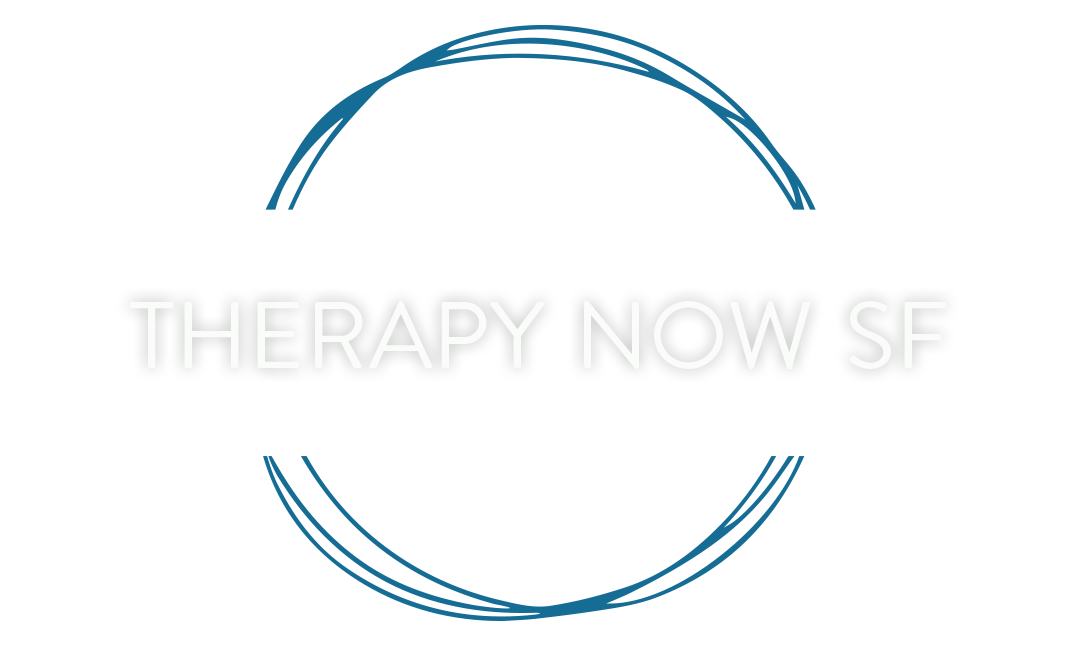Feedback and Collaboration: The Dual Pillars of Effective CBT
By Dr. Andrea Zorbas
Cognitive Behavioral Therapy (CBT) is not a spectator sport; it's an engaging, interactive process built on the pillars of feedback and collaboration. In the world of CBT, therapists and clients work as a team, each bringing valuable insight to the table. This dynamic duo of feedback and collaboration is what turns therapy into a transformational journey. Here's how these elements play a crucial role in CBT and why they are essential for therapeutic success.
The Heart of CBT: A Collaborative Effort
CBT is grounded in the therapeutic alliance, the collaborative partnership between therapist and client. This alliance is a fertile ground where change is seeded, nurtured, and cultivated. Unlike more directive forms of therapy, CBT involves the client in every step, from defining goals to identifying patterns and implementing strategies. This collaborative approach ensures that therapy is not done to the client, but with them.
Feedback: The Navigational Compass in CBT
Illuminating the Path: Feedback in CBT is a two-way street. Therapists provide insights into clients' progress, highlight areas of growth, and gently guide them towards areas that require more attention. Similarly, clients offer feedback on what's working for them, what isn't, and how they're experiencing the therapeutic process.
Adjusting the Course: Just as a ship captain adjusts the sails after checking the compass, therapists and clients use feedback to steer the therapeutic process. This can mean modifying techniques, shifting focus, or trying new approaches.
Reinforcing Progress: Positive feedback acts as a reinforcement, encouraging clients to continue applying effective strategies and recognizing their own growth, which can be immensely motivating.
Collaboration: The Keystone of CBT's Structure
Equal Partners: In CBT, the therapist and client are seen as equals. The therapist brings professional expertise, but the client is considered the expert on their own life. Together, they create a plan that leverages both types of expertise.
Shared Decision Making: From setting goals to selecting techniques, decisions in CBT are made jointly. This ensures that the therapy aligns with the client's values, preferences, and circumstances.
Joint Problem Solving: When obstacles arise, therapist and client put their heads together to brainstorm solutions. This not only fosters a sense of ownership for the client but also encourages creative problem-solving.
Challenges and Considerations
While feedback and collaboration are ideal, there can be challenges:
Differing Expectations: It's crucial to align expectations from the outset and ensure that both parties are clear about their roles in the therapeutic process.
Communication Barriers: Effective communication is the lifeblood of feedback and collaboration. Both therapist and client must feel comfortable openly sharing thoughts and feelings.
Feedback and collaboration in CBT are like the twin engines propelling a boat forward — they need to work in harmony for the journey to be successful. These elements foster a sense of shared responsibility and active engagement, which are key to effective therapy. CBT, through its collaborative nature, empowers clients, giving them an active role in their healing process and making them co-authors of their own narrative of change.
Remember, in the therapy room, feedback and collaboration are not just strategies; they are the very ethos of CBT, reflecting a profound respect for the client's autonomy and potential. With these pillars firmly in place, therapy moves from being a mere treatment to a journey of mutual discovery and growth.
